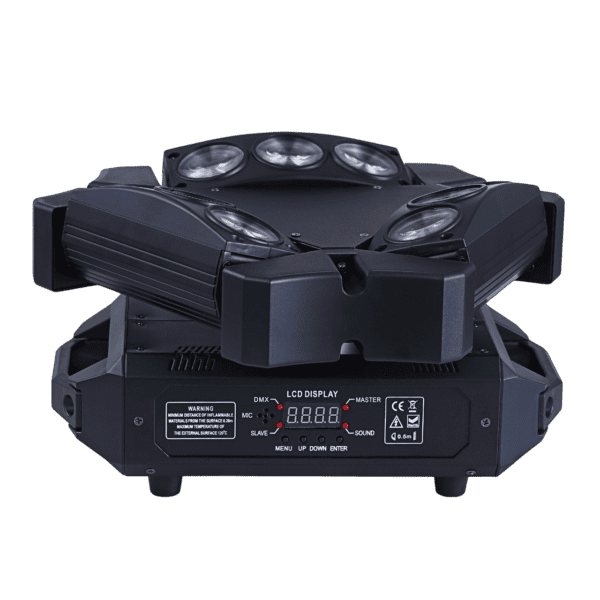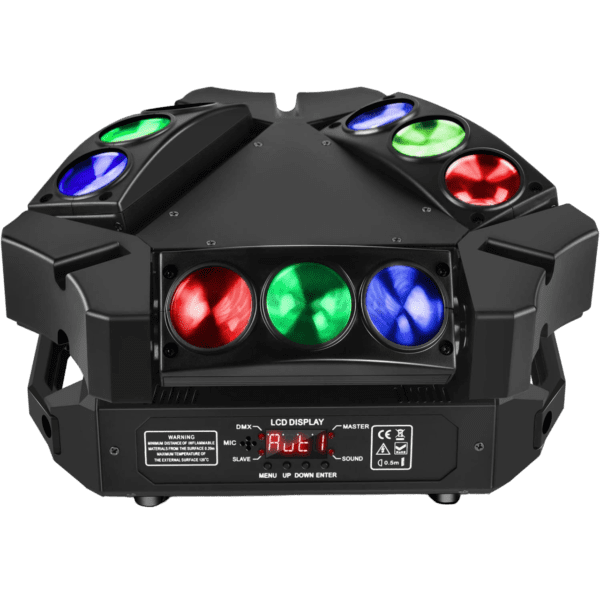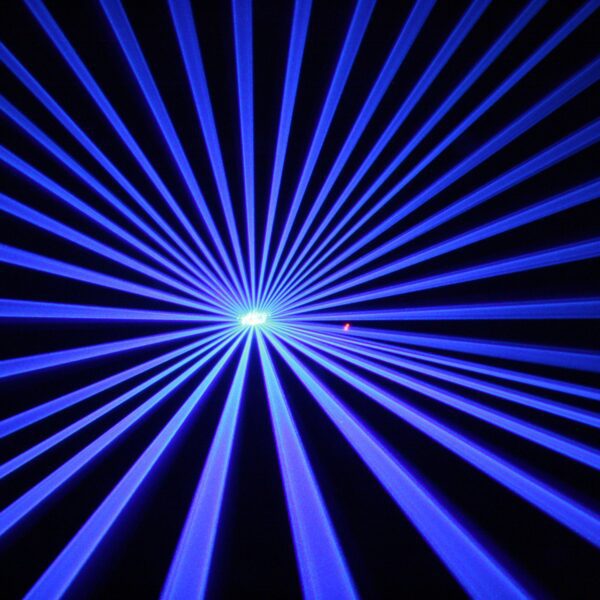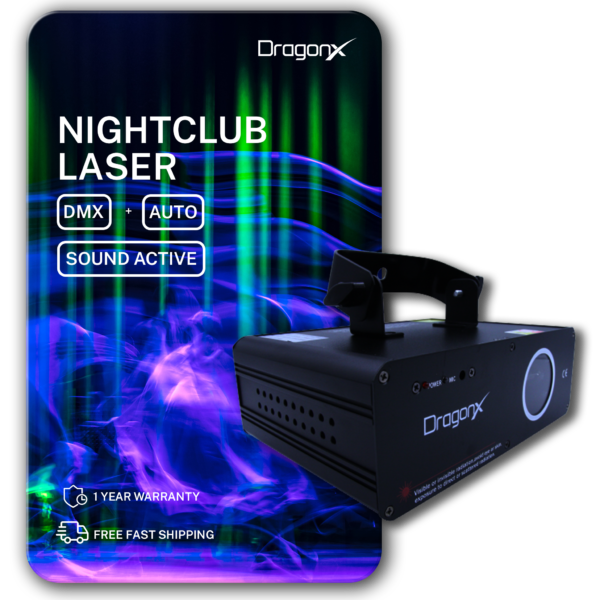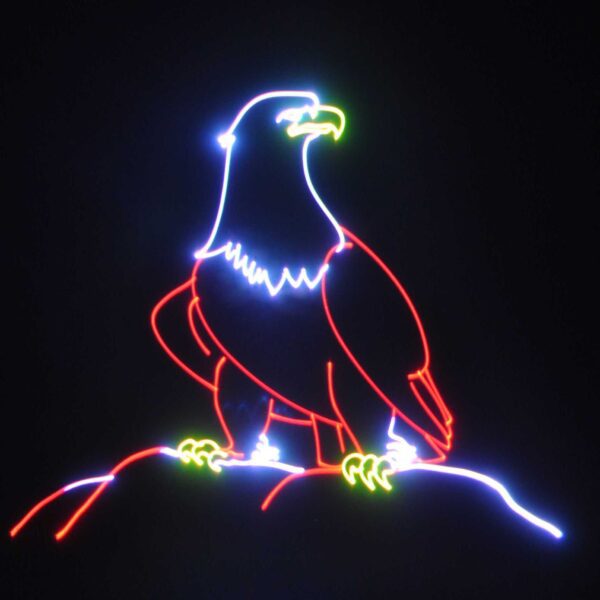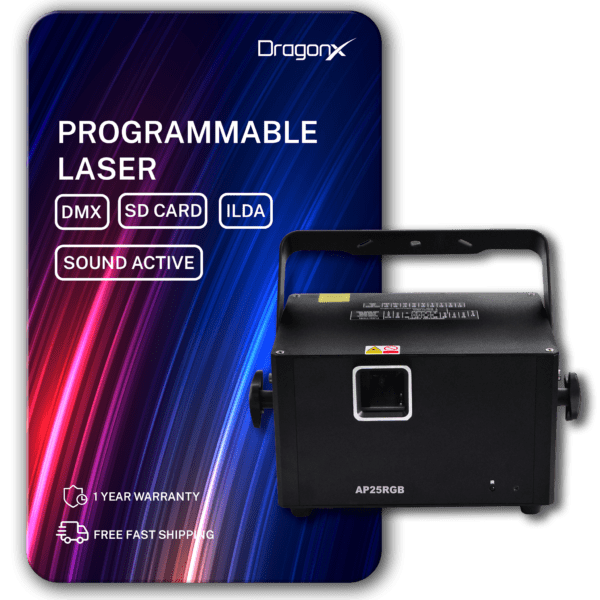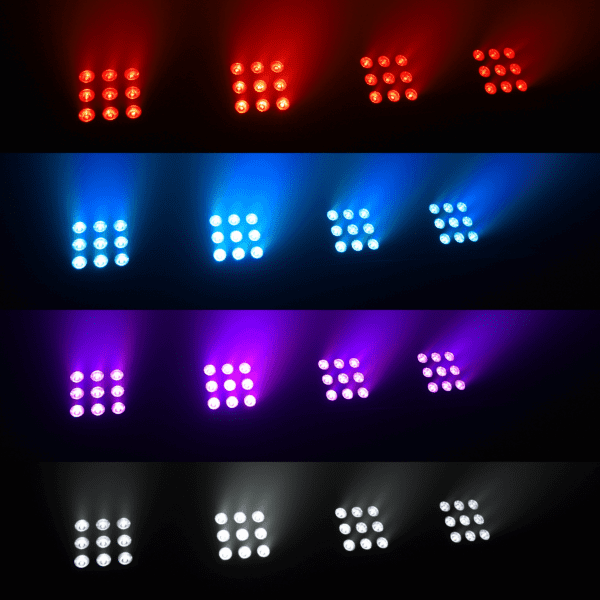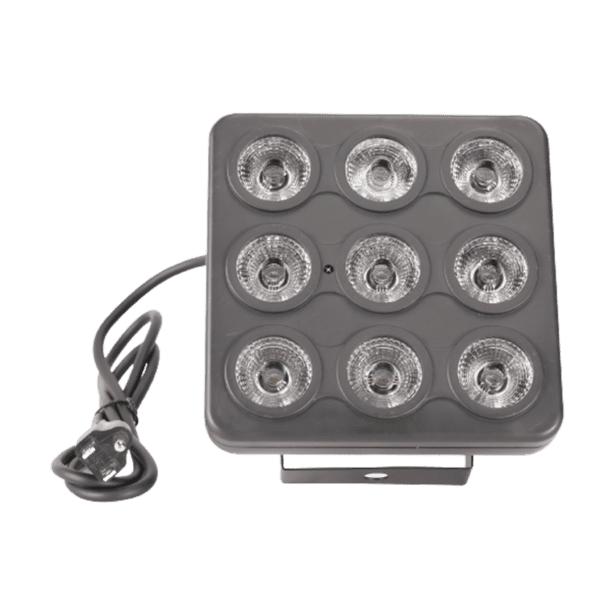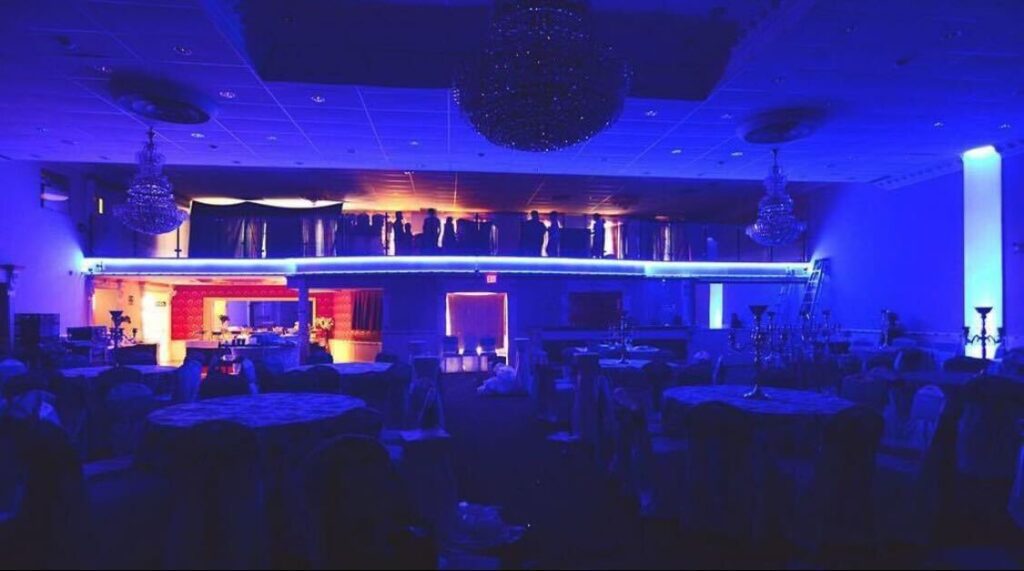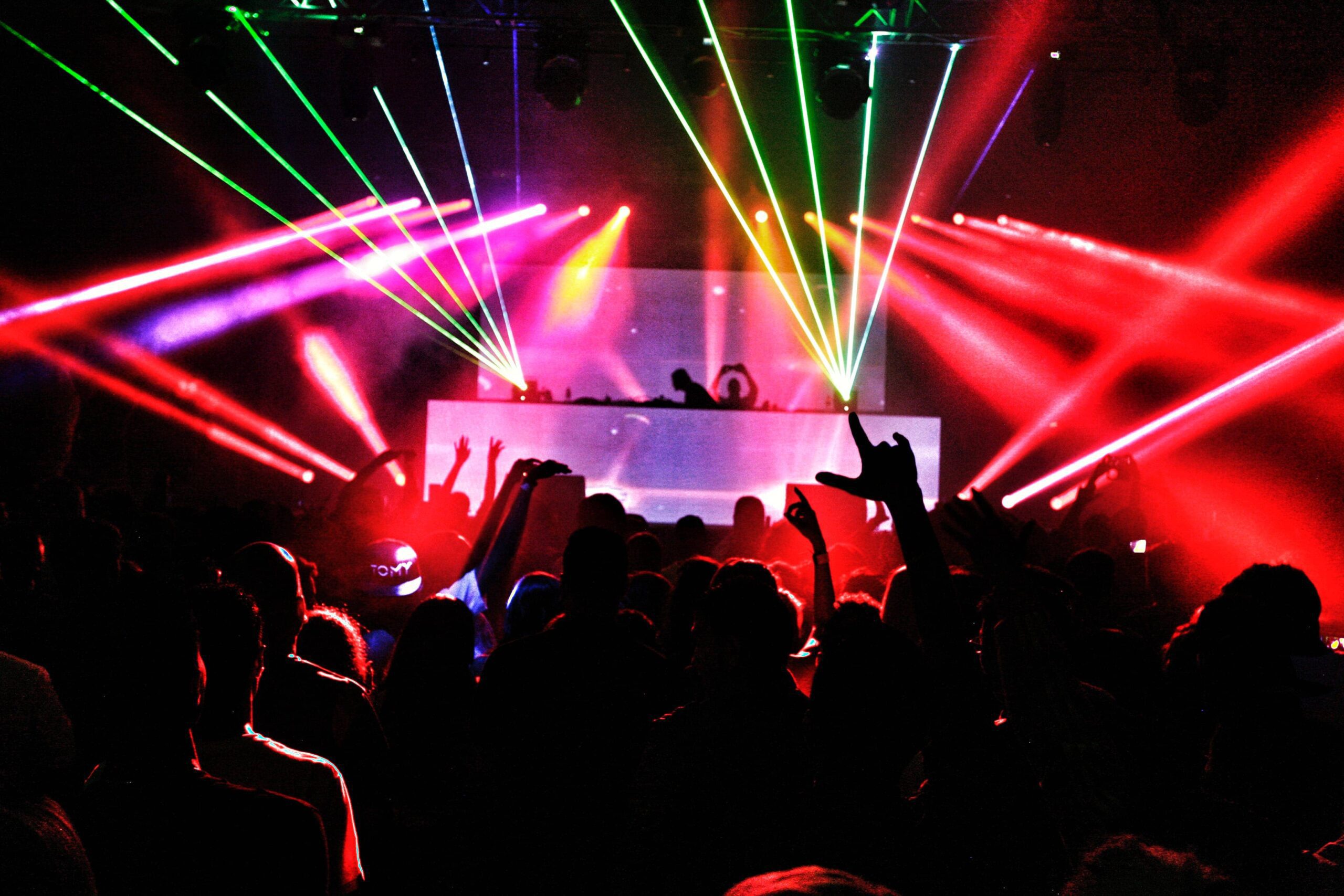Whether it’s at a concert or a DJ gig, good lighting or LED light is always essential. It sets the mood and can drastically change the audience’s experience of an event. But many people shy away from working with a lighting console programmer because the electrical terminology can be daunting. That’s where DMX comes in!
What Is DMX?
DMX, or Digital Multiplex 512, is a digital communication protocol that gives you complete control over lighting. Not only can you control colors, but DMX also allows you to control beam positions and attributes.
A DMX setup makes controlling lighting easier. Instead of having multiple control stations to cater to each set of lights, you can control everything remotely from just one source!
How Does It Work?
To know how DMX works, you must know about the following three components:
DMX Channel
A DMX has 512 channels, which are collectively known as a DMX Universe. Each channel controls a different aspect, or personality, of the light – such as color, angle, or strobe. You can set a channel’s value anywhere between 0 and 255 – the higher the value, the more the intensity.
DMX Fixture
A DMX fixture is a group of lights that are assigned to one or multiple channels. Lights respond to the DMX according to their personality and starting address. Not all fixtures have the same number of channels.
Lighting Modes
Every DMX-compatible device operates on different modes. If you want to connect a group DMX fixtures remotely, then you must set them all to sound-active or automatic mode to sync them together.
Why Use DMX?
There’s no doubt that a DMX gives you more control of the lighting. By minimizing the need for separate control stations, you have more flexibility in how you want to control lighting. Next time, we’ll introduce a lighting console programmer that is easy to use for you beginners out there!



